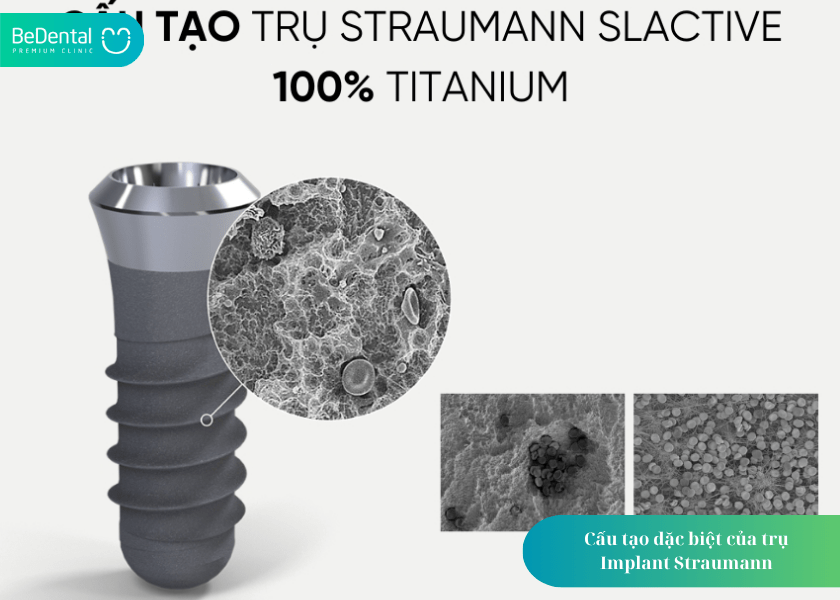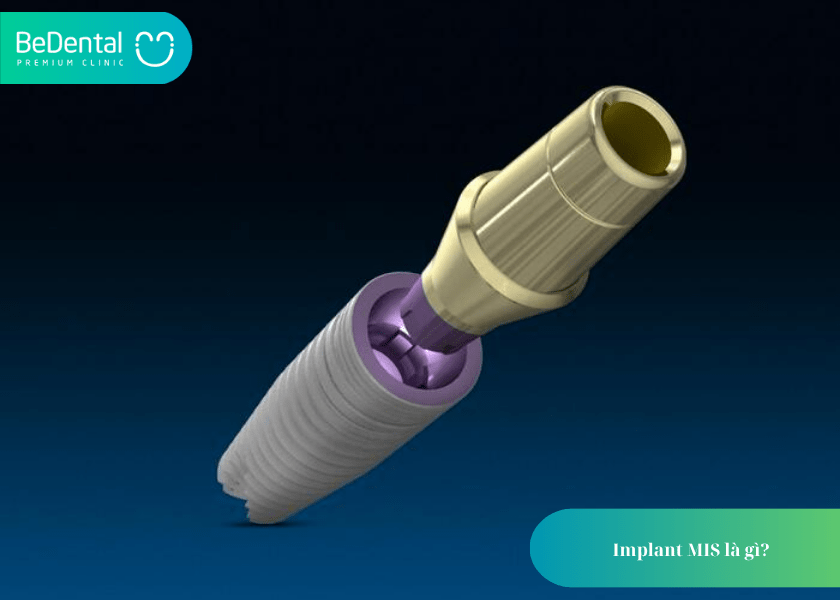Your teeth may develop white or brown specks as a result of teeth fluorosis. When your permanent teeth are forming in infancy due to excessive fluoride exposure. Teeth fluorosis is merely a cosmetic concern; it is not damaging to your health. To deal with the issue, there are remedies accessible.
OVERVIEW: TEETH FLUOROSIS
What is dental fluorosis?
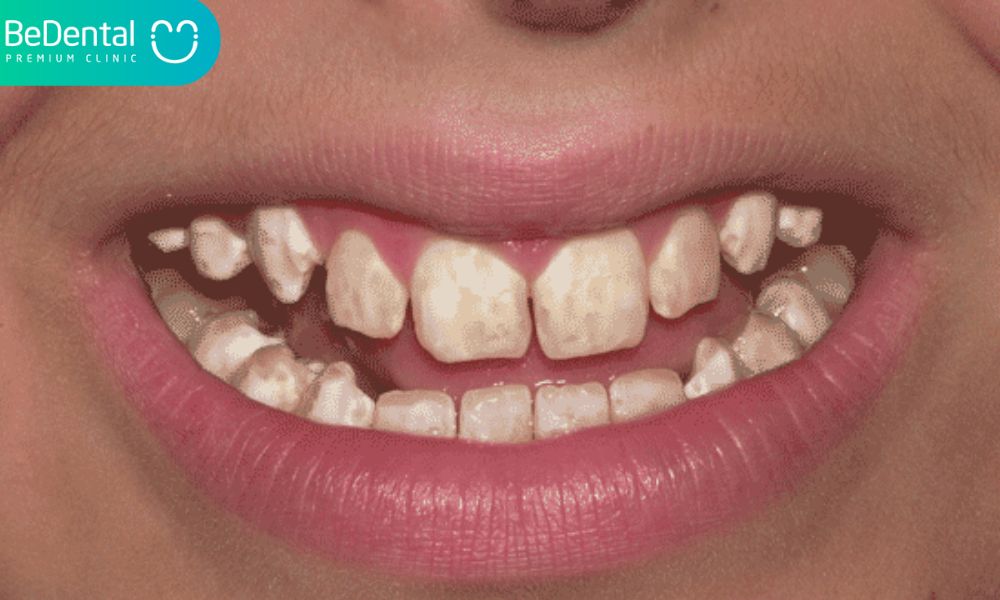
The aesthetic dental disorder known as fluorosis results in white or brown patches on your teeth. These blemishes can be anything from minute white specks to large, visibly noticeable dark brown areas.
Who does fluorosis affect?
Those who had excessive fluoride exposure during their formative years, before their adult (permanent) teeth began to erupt, have dental fluorosis. Children as early as 8 years old are susceptible to dental fluorosis. Teeth that have already erupted cannot be affected by fluorosis (grown in).
How common is teeth fluorosis?
An estimated one in every four Americans between the ages of 6 and 49 suffer from mild fluorosis. Fluorosis that ranges from mild to severe is far less frequent in the US.
Does fluorosis weaken teeth?
No. Oral health or functionality are unaffected by dental fluorosis in the mouth. In actuality, those who have fluorosis are less likely to develop cavities. Health officials decided to add fluoride to the public water supply at a safe level as a result of this discovery. Thus, fluoride concentrations in drinking water would be high enough to prevent tooth decay but not high enough to result in fluorosis. (Note: The 0.7 milligrams of fluoride per liter of water recommended by the Centers for Disease Control and Prevention (CDC) is).
TEETH FLUOROSIS: SYMPTOMS AND CAUSES
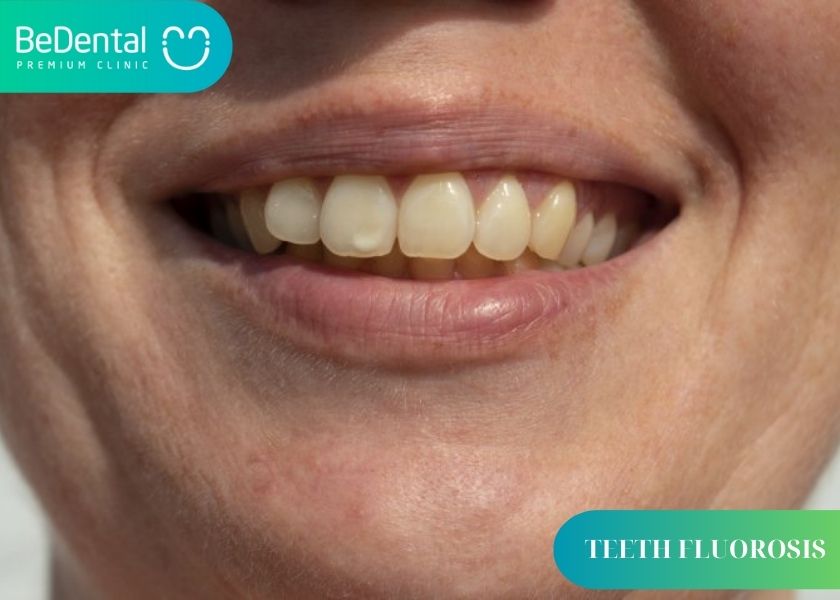
What are the symptoms of fluorosis?
Tooth discolouration is the only sign of dental fluorosis. The degree of your discolouration will depend on how bad your ailment is. Dentists categorize fluorosis using the following terms:
- Questionable: A few very light white flecks and white spots.
- Very mild: Light white areas covering less than 25% of your tooth surfaces.
- Mild: Light white areas covering less than 50% of your tooth surfaces.
- Moderate: White or light brown areas covering more than 50% of your tooth surfaces.
- Severe: White, light brown or dark brown spots affecting all surfaces. Your teeth may also have pitting (small depressions in your tooth enamel).
When tooth discolouration is moderate, it might be so undetectable that only your dentist will see it. Cosmetic dental procedures, however, might be beneficial if dental fluorosis is impacting your confidence or self-esteem.
What are the reasons for fluorosis?
When a youngster swallows too much fluoride while their permanent teeth are still developing beneath their gums, dental fluorosis results. This covers using fluoride toothpaste and consuming fluoridated water.
Fluorosis of the teeth does not occur in adults. Only teeth that are still developing beneath the gums are impacted.
TEETH FLUOROSIS: DIAGNOSIS AND TESTS
How is fluorosis diagnosed?
Sp, How is fluorosis diagnosed? Dental fluorosis can be diagnosed based on:
- Measurement of urinary and serum fluoride levels, as people with fluorosis tend to have increased levels of fluoride
- Bone biopsy with bone fluoride estimation to detect skeletal fluorosis
- CT scan to detect changes in bone associated with fluorosis
- MRI scan to detect changes associated with compression of tissues and nerves
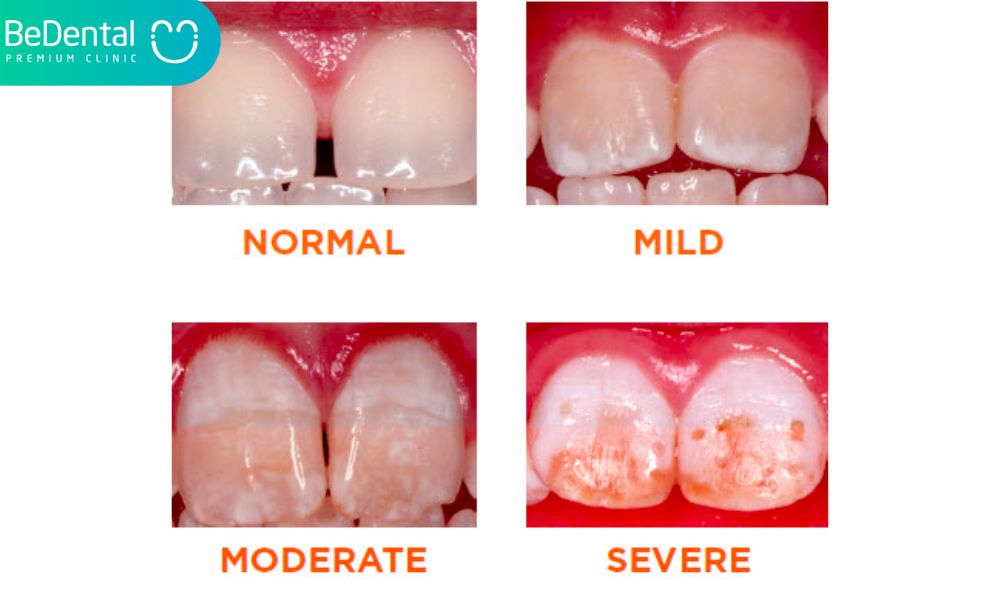
Fluoride levels in the individual’s home can be measured to confirm the diagnosis. Fluorosed teeth vary in severity according on the duration, frequency, and timing of exposure during tooth formation. The discoloration of damaged teeth ranges from white streaks (mild fluorosis) to brown (moderate fluorosis) to dark brown or black (severe fluorosis).
TEETH FLUOROSIS: MANAGEMENT AND TREATMENT
Does fluorosis go away?
Stains from fluorosis cannot be removed by brushing or flossing. Only aesthetic dental operations like veneers, crowns, or dental bonding may correct fluorosis. The section that follows goes into further depth about these therapies.
How do you get rid of fluorosis?
Cosmetic dental treatments can be used to treat dental fluorosis. The severity of your fluorosis, your financial situation, and your personal preferences all play a role in determining the best course of therapy for you. Treatments for dental fluorosis that are often employed include:
- Teeth whitening. Over a specific period of time, your dentist will apply bleaching gel to your teeth. Your tooth enamel is lightened by the gel so that it mixes in with fluorosis. While teeth whitening is a therapy option for moderate fluorosis, other options could be better for you.
- Dental bonding. Your dentist will patch up fluorosis spots during this operation using composite resin that is tooth-colored. After that, your teeth are polished and sculpted for a natural-looking finish.
- Dental veneers.Veneers are tiny covers that attach to the front surfaces of your teeth and are made of porcelain or resin. When veneers are produced to order, dental impressions are required to ensure the proper fit and size.
- Dental crowns. Crowns are built to order, much like veneers. This kind of dental repair, however, covers the entire tooth. In order for the crown to fit properly, your dentist will need to remove a portion of your natural enamel.
- Enamel microabrasion. During this operation, the dentist removes a little layer of enamel from your teeth. This assists in removing several fluorosis spots. To make your tooth’s color even more consistent, your dentist will frequently do enamel microabrasion after teeth whitening.
TEETH FLUOROSIS: PREVENTION
How can I reduce my child’s risk for dental fluorosis?
How can I reduce my child’s risk for dental fluorosis? Be mindful of how much fluoride your youngster is exposed to in order to lower the risk of dental fluorosis. Check the fluoride levels in your well water or learn about local water fluoridation regulations. While it’s important to avoid overexposing your child to fluoride, you should still make sure they receive enough while their teeth are forming. Your child’s oral health depends on consuming enough fluoride.
In addition, you should:
- Make sure your child spits toothpaste out instead of swallowing it.
- Limit your child’s consumption of sugary and acidic foods and beverages.
- Practice good teeth cleaning habits with your child.
Visit a dental clinic at least every six months for routine dental check-ups. We highly recommend you to go to BeDental

With the best dental professionals in Vietnam, BeDental brings devotion and dedication to every customer as if we were family. BeDental is a reputable and professional dental system with various branches in city centers, which helps customers travel easily. In addition, BeDental has the latest imported dental equipment, which is certified for safety by the Ministry of Health. 5-star facilities provide customers with a relaxing atmosphere while experiencing high-class dental services.
MORE
Thumb sucking: 5 side effects of thumb sucking
Root canal treatment: 5 things that you wonder about
Tooth Discoloration and 3 Types of Tooth Discoloration
Water flosser vs traditional floss: Which types suitable for you?
Dental issues during pregnancy: 5 problems pregnant women can face



